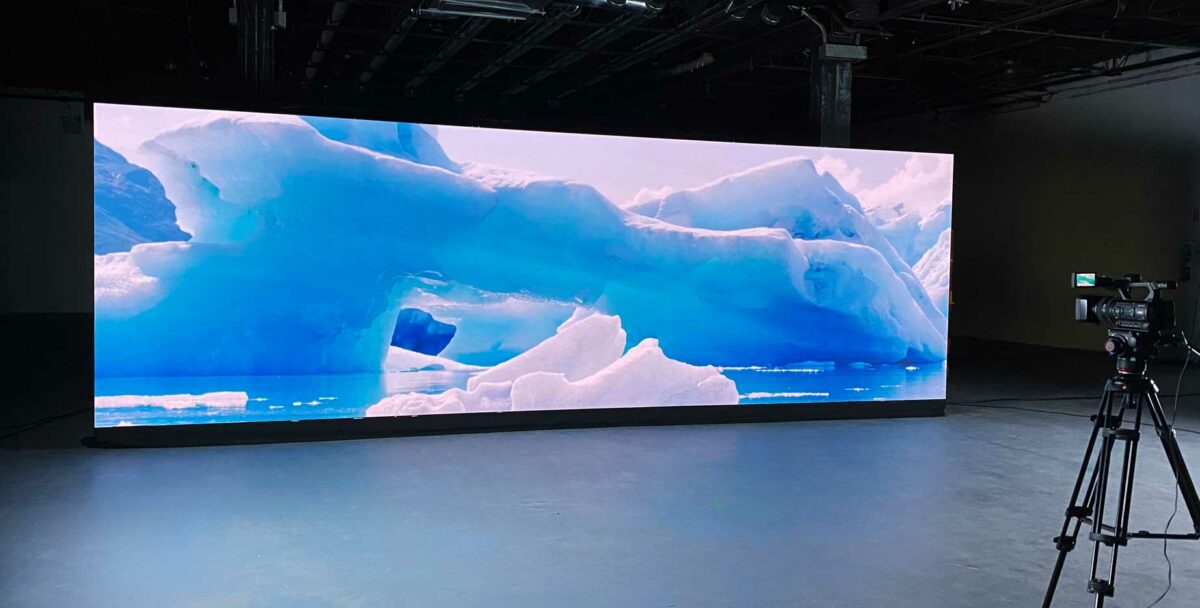Exploring the Wide-ranging Connectivity Options Offered for LED Display Panels
Exploring the Wide-ranging Connectivity Options Offered for LED Display Panels
Blog Article
LED wall panels have secured traction for their capacity to deliver high-quality visuals in various settings, from professional environments to entertainment venues. One of the primary aspects of these systems is their interface capabilities, which allow users to connect them to multiple devices and systems. Understanding the broad connectivity options available for LED wall panels is essential for maximizing their use and effectiveness. This discussion details these options, highlighting how they can adapt to various needs and preferences.
One frequent connection method for LED wall panels is HDMI. HDMI is widely known for transmitting crisp video and audio streams between devices. This connection type is especially beneficial in business environments, such as conference rooms or training rooms, where visual content or video content are often shared. By using HDMI cables, operators can seamlessly connect laptops, projectors, and streaming devices to LED wall panels, guaranteeing a clear and vibrant presentation of media.
Another popular interface method is DisplayPort, which is comparable to High-Definition Multimedia Interface but offers enhanced benefits. DisplayPort can support higher refresh rates and display outputs, making it an ideal choice for gaming or graphic-intensive applications. For those deploying LED wall panels in environments where performance is essential, such as esports arenas or creative workspaces, Display Port can provide the required visual quality. Additionally, many modern computers and graphics cards include Display Port connections, making it a practical solution for tech-savvy professionals.
In contrast to HDMI you can check here and DisplayPort, wireless transmission methods are becoming increasingly prevalent in Light Emitting Diode wall panel solutions. Cable-free connections allow operators to share content without the requirement for physical cables, promoting a streamlined and more adaptable setup. Technologies such as Wi-Fi and Bluetooth allow users to connect smartphones, tablets, and laptops seamlessly to Luminescent Diode wall panels without tangled wires. This versatility is especially beneficial in dynamic environments like trade shows or live functions, where rapid changes to displays are often required.
For extensive deployments or more intricate setups, network connectivity through Ethernet is another viable solution. Wired links provide a consistent and reliable way to connect multiple LED wall panels within a system. This setup is ideal for digital signage applications found in shopping malls or airports, where numerous panels may need to present coordinated content across a broad area. By using network cabling and network switches, users can ensure that all connected panels receive consistent updates and information efficiently.
Finally, it's crucial to evaluate the evolution of interface technology with technologies such as USB-C and Thunderbolt Three. These next-generation interfaces offer enhanced article source data transfer rates and flexibility by allowing one connector to handle both energy transfer and data exchange. As more systems incorporate these protocols, LED wall panels equipped with USB-C ports will likely become more common. This evolution in connectivity not only enhances the functionality of LED wall panels but also aligns with the growing trend of minimalism in technology setups by reducing the number of wires needed.
In summary, examining the broad interface methods available for Light Emitting Diode wall panels uncovers many opportunities for users across various fields. From traditional approaches like High-Definition Multimedia Interface and DisplayPort to contemporary cordless technologies and LAN setups, each pathway serves specific functions suited to distinct needs. Furthermore, next-gen technologies like USB-C promise further developments in how professionals utilize Luminescent Diode wall panels. By grasping these integration choices, end-users can make strategic selections that optimize their overall experience with these multifunctional display tools.